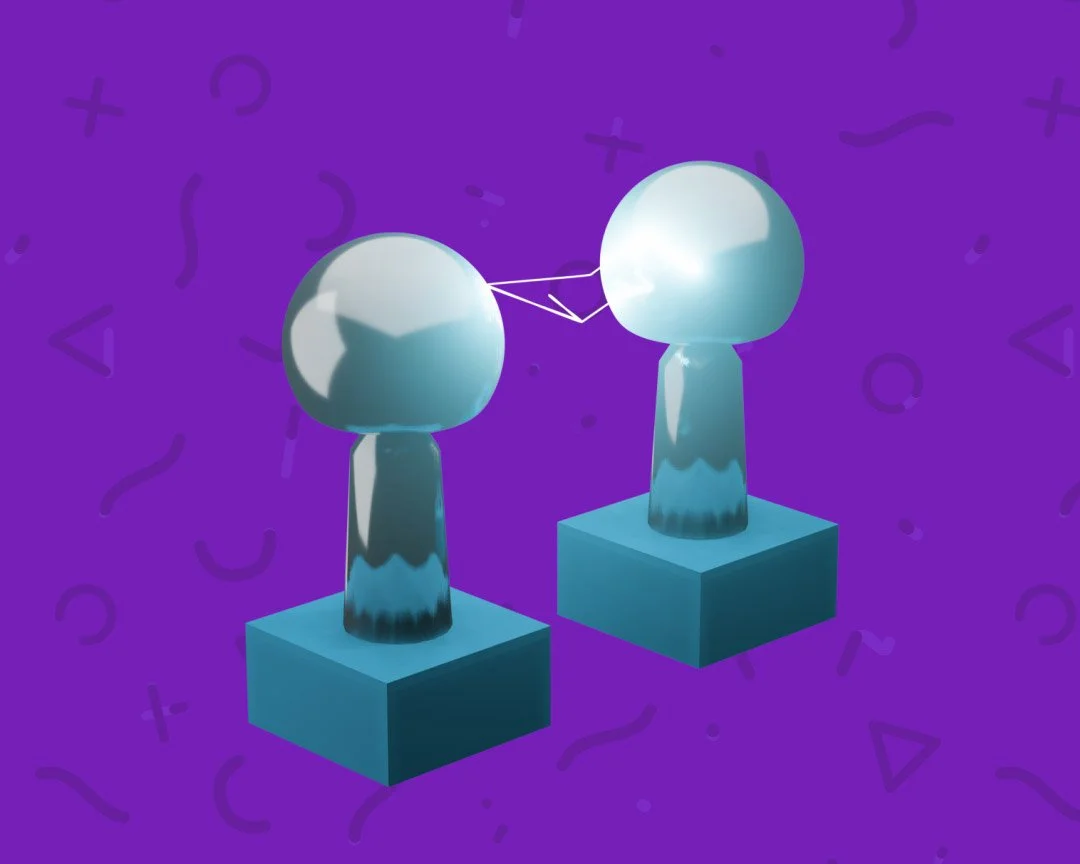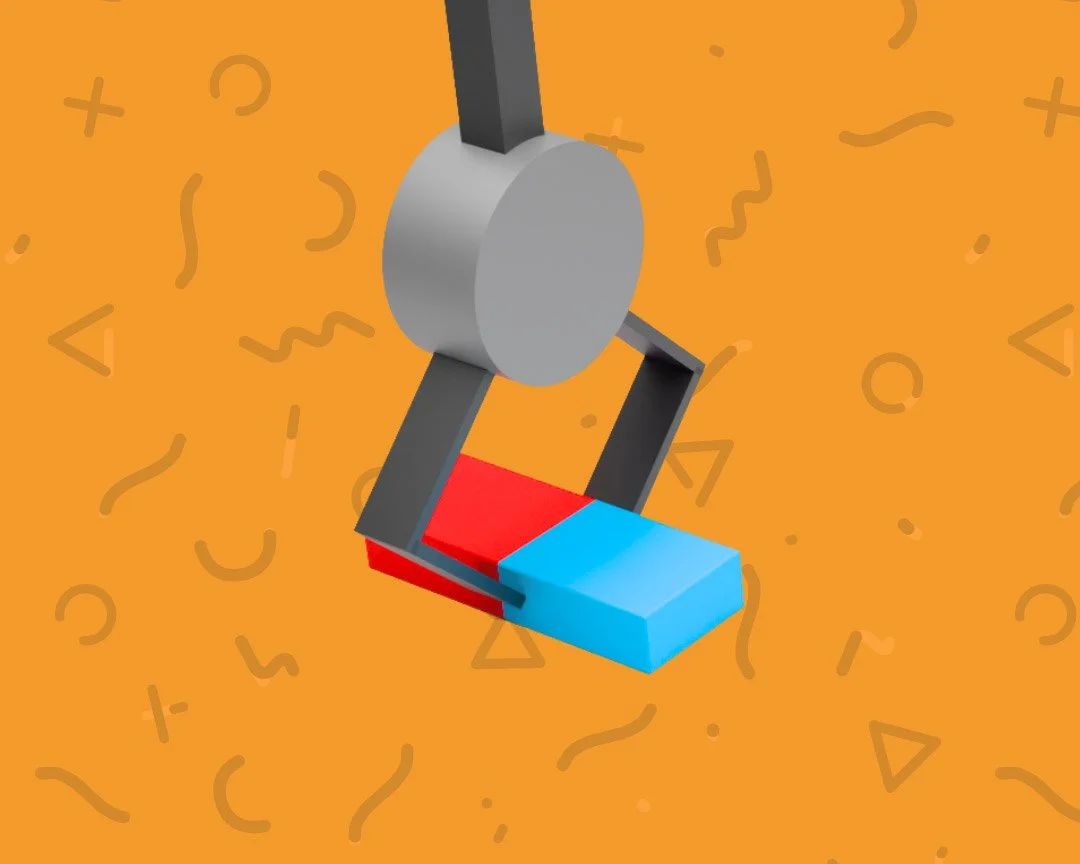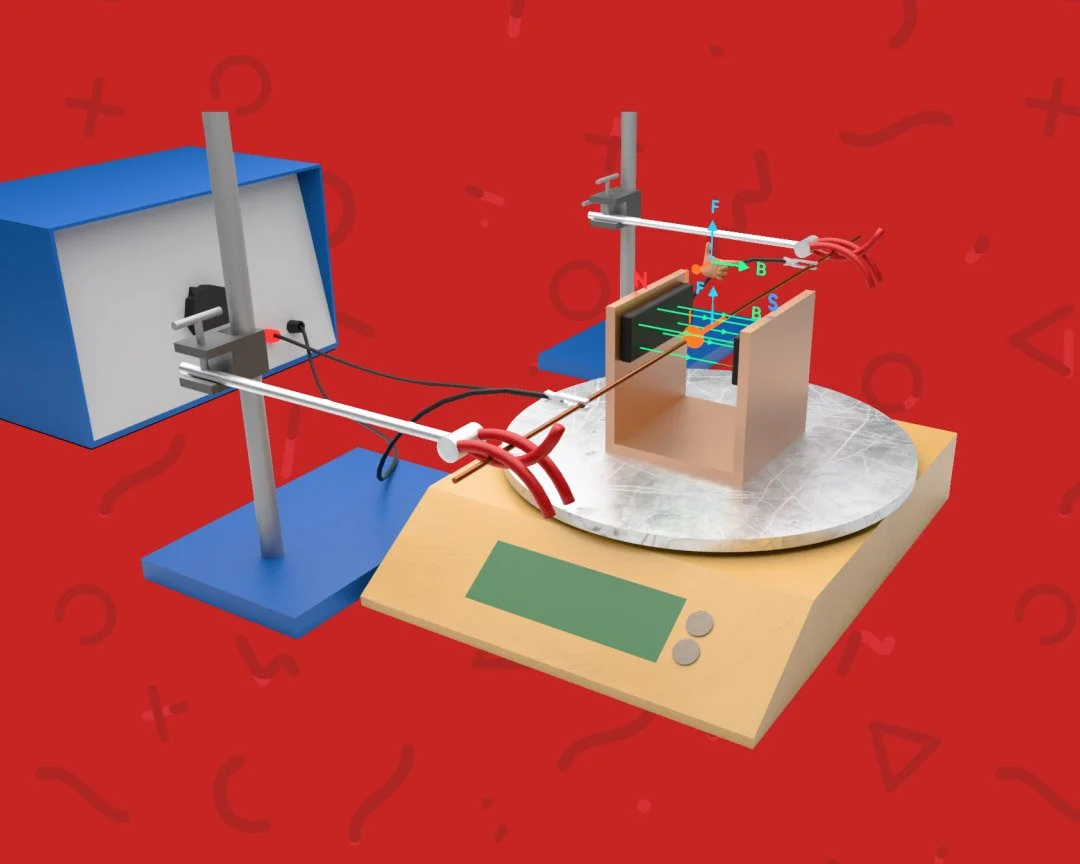Balancing Screen Time in Physics Learning
Strategies for managing digital resources effectively
In today's digital age, the abundance of online educational resources can be a double-edged sword. While platforms like GoPhysics.co.uk offer a treasure trove of valuable tools for GCSE physics learning, it's essential to strike a balance between screen time and other forms of engagement. In this guide, we'll explore strategies to manage digital resources effectively and optimise your child's learning experience.
1. Set Clear Time Limits:
Establish dedicated periods for online learning and ensure your child takes regular breaks to prevent screen fatigue.
2. Utilise Offline Materials:
Supplement digital resources with physical textbooks, workbooks, and hands-on experiments to provide a well-rounded learning experience.
3. Engage in Practical Activities:
Encourage your child to apply theoretical knowledge through experiments and projects. This hands-on approach fosters a deeper understanding of physics concepts.
4. Promote Active Learning:
Encourage your child to actively participate in discussions, solve problems, and ask questions while using digital resources.
5. Foster Critical Thinking Skills:
Encourage your child to analyse and evaluate information rather than passively consuming it. This promotes deeper comprehension.
6. Schedule Screen-Free Activities:
Incorporate non-screen-related hobbies and activities to provide a well-rounded learning experience.
7. Explore Nature and the Physical World:
Take learning outdoors by observing natural phenomena or conducting simple physics experiments in the environment.
8. Implement the Pomodoro Technique:
Break study sessions into manageable intervals with short breaks in between. This technique helps maintain focus and productivity.
9. Emphasise Quality over Quantity:
Prioritise high-quality, interactive digital resources like those offered on GoPhysics.co.uk over mindless scrolling or passive consumption.
10. Encourage Reflection and Application:
Prompt your child to reflect on what they've learned and apply it to real-world scenarios. This reinforces the practical relevance of physics concepts.
11. Monitor Screen Ergonomics:
Ensure that your child's workstation is ergonomically designed to minimise strain and discomfort during screen-based learning.
12. Maintain Open Communication:
Regularly discuss your child's learning experience, including their preferences for digital resources and any concerns they may have.
13. Leverage GoPhysics.co.uk’s Diverse Resources:
GoPhysics offers a range of resources including video lessons, animations, flashcards, and in-built questions tailored for GCSE physics. Utilise these tools in conjunction with other learning methods for a comprehensive educational experience.
Remember, the goal is to strike a balance that maximises learning while minimising screen-related strain. By implementing these strategies, you'll ensure that your child's physics education is both effective and enjoyable.
For a diverse range of GCSE physics resources, visit GoPhysics.co.uk. Your child's balanced learning journey awaits!
We hope this guide helps you navigate the world of digital resources effectively for your child's physics education!
-





